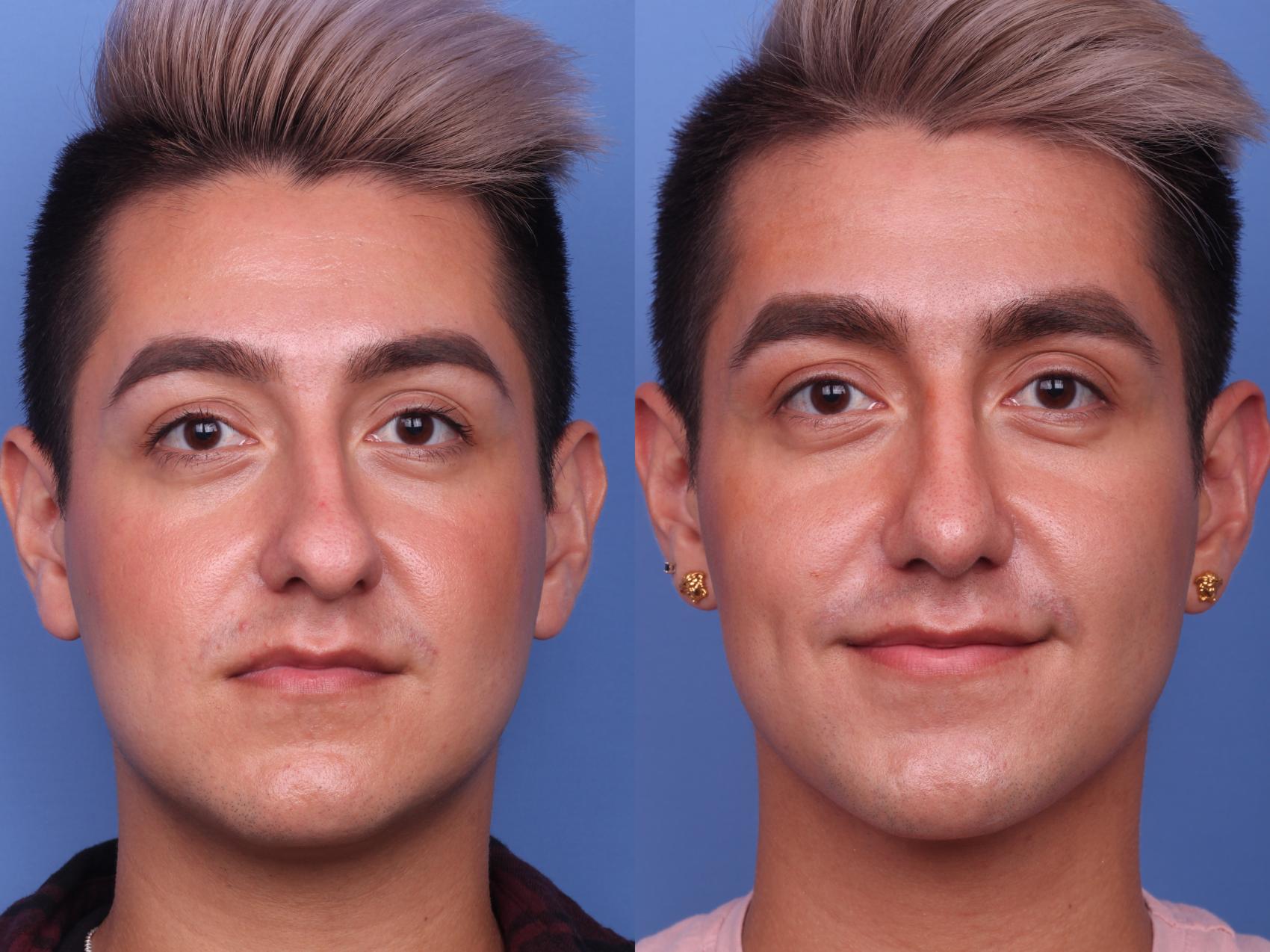Nose jobs are one of the most popular cosmetic procedures on the market. Nearly 220,000 people undergo rhinoplasty every year, according to the American Society of Plastic Surgery. This surgery is not only designed to change the appearance of your nose; it can also improve your overall breathing quality and the general function of your nose.
The Anatomy of Your Nose
Two types of tissue make up your nasal structure: bone and cartilage. The nasal bones are a foundation to secure and support the cartilage, forming the external shape and structure. The inside of your nose also has bone and cartilage that support and protect your sinuses and olfactory nerves. These internal structures also create your left and right nasal passages, keeping them stable so you can breathe properly. Functional rhinoplasty can correct problems with your cartilage and bone that impair your breathing and keep your nose from working normally.
What Causes Problems in Nasal Function?
Believe it or not, a lot of breathing problems are the result of congenital disabilities. The most common abnormalities are lumps and masses that obstruct the nasal passage. Some examples are nasal dermoids (tiny cavities or sinuses) or gliomas (small clusters of cells).
Trauma can also cause function problems. A broken nose, for example, is one of the most common causes of a deviated septum, a twist or break in the cartilage that separates the left side of your nose from the right. Even lesser trauma can bend or fracture cartilage and disrupt the flow of breathing.
What Does Functional Rhinoplasty Do?
Rhinoplasty can be used to fix both internal and external problems. Here are some examples of each type:
Internal Nasal Problems and Treatments
- Turbinate reduction – These are small, mucous-covered shelves of bone inside the nasal cavity. They warm and moisten air as you draw it into your lungs, plus they trap any foreign contaminates. Usually, the inferior turbinate is the cause of airway obstruction because it is the largest and tends to become enlarged by environmental stimuli. This can be corrected by removing some of the turbinate membrane, thus removing the obstruction and improving airflow.
- Deviated septum – As stated above, the septum is a wall of cartilage that splits your nasal passage in two. A septum that is deformed in any way can reduce your breathing ability through one or both passages. Your breathing could even have a whistle or other odd sound to it. A septoplasty is a type of rhinoplasty that straightens or reconstructs the septum using other sources of cartilage (such as the ear or rib).
- Polyp removal – These benign masses of cells can be removed to eliminate obstructions. It’s also possible to remove nasal dermoids and gliomas similarly.
External Nasal Problems and Treatments
- Nasal valve collapse – The narrowest area of your nasal passage is called the nasal valve. The valve is lined with membranes that grow and shrink while you breathe. It regulates the rate of airflow and keeps the filtration system running smoothly. Aging, illness, or trauma can cause the collapse of nasal valves, making it much more difficult to breathe through your nose. A rhinoplasty surgeon repairs this externally using various personalized techniques according to the patient’s nasal anatomy.
Rhinoplasty Before and After Photos
See more results in Dr. Hobgood’s gallery of rhinoplasty before and after photos.
What Are Some Other Functional Rhinoplasty Benefits?
For those who want to enhance your nose aesthetically while improving your breathing, functional rhinoplasty can be performed alongside cosmetic rhinoplasty. A skilled rhinoplasty surgeon will also know how to shape and contour your nose without creating additional obstructions. As a patient, having everything done in one procedure is more likely to provide a satisfactory result that you can be happy with.
Although the above treatments may sound very complex, most are pretty simple and are done as outpatient procedures, just like cosmetic procedures. Even better, health insurance companies may be able to help pay for the surgery since functional rhinoplasty contributes to improving your overall health.
Start With a Consultation
Dr. Todd Hobgood is a double board-certified facial plastic surgeon nationally recognized for his work. He specializes in rhinoplasty, plus many other surgical and nonsurgical procedures.
If you want to learn more about how rhinoplasty can improve the way you look and feel, request a consultation using the online form to meet with Dr. Hobgood at our office in Scottsdale, AZ. Dr. Hobgood will answer any questions and determine the best course of action to obtain your desired results. We can also be reached by phone at (480) 214-9955.












Leave a Reply